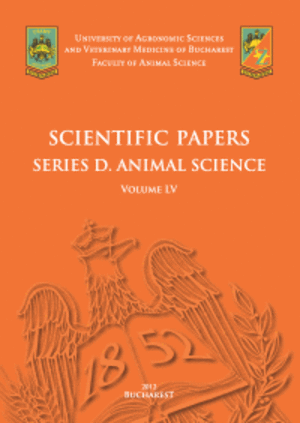Published in Scientific Papers. Series A. Agronomy, Vol. LXVIII, Issue 1
Written by Nataliya PETROVSKA, Emil VASILEV, Viliana VASILEVA
The work aimed to study the productivity of maize hybrids from maturity groups FAO 300 to 600 under different conditions. A four-year experiment was carried out at Maize Research Institute Knezha, Bulgaria. The hybrids Kneja 310, Kneja 461, Kneja 565 and Kneja 683 A were grown under non-irrigation conditions and with approval for the regional agricultural technology. Two-factor analysis of variance was used to find the effect of both hybrid and environment on the grain yield. In addition, Stability Yield Index (SYI) was calculated. The amount of rainfall per growing season varied from 199.8 to 316.1 mm/m2, and grain yield averaged for the tested hybrids by years varied from 859.7 to 1040.7 kg/da. The highest average grain yield over the period was obtained from Kneja 565 (1003.9 kg/da) and the lowest - from Kneja 310 (900.3 kg/da), respectively. Kneja 683 A hybrid showed the low Stability Yield Indices, 0.685 followed by Kneja 565 0.729 values, respectively. Relatively high and stable yields were obtained from Kneja 310 (900.3 kg/da) and Kneja 461 (925.9 kg/da) with SYI 0.937 and 0.841, respectively.
[Read full article] [Citation]




